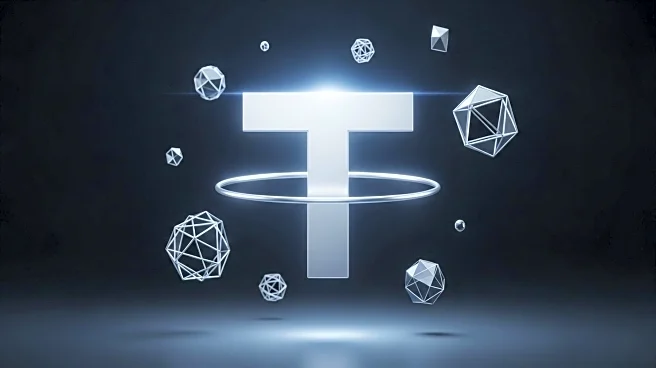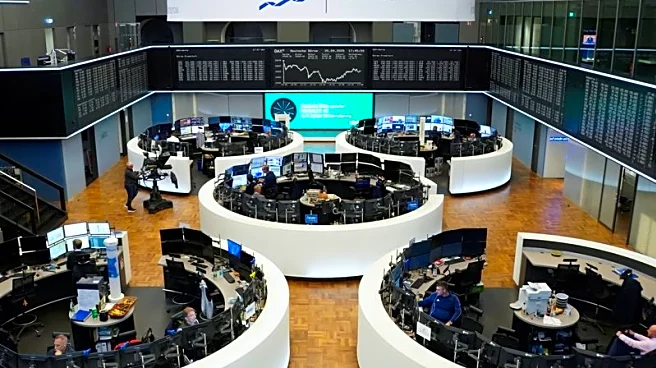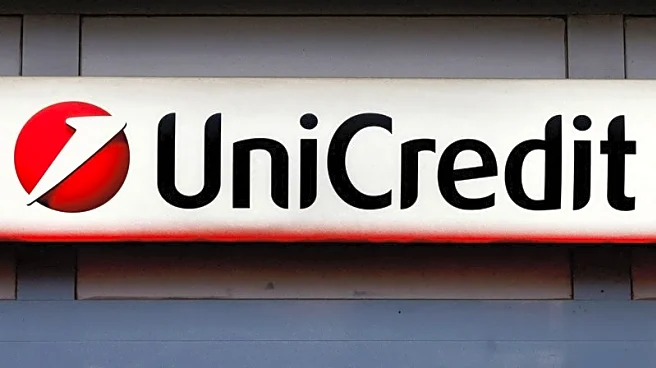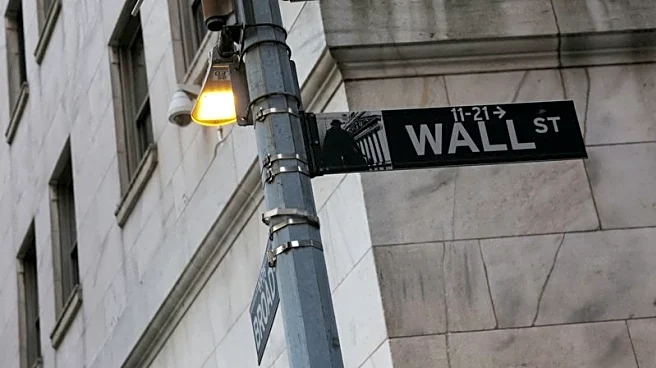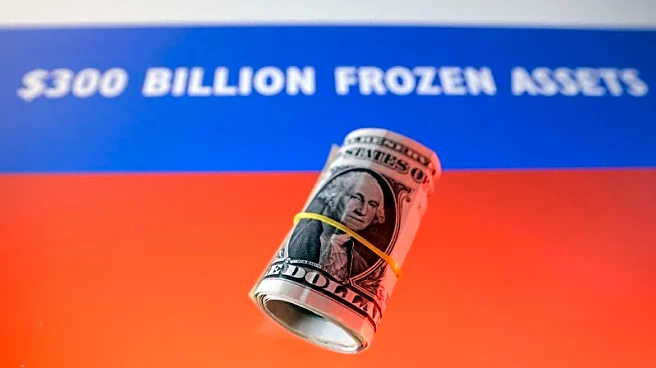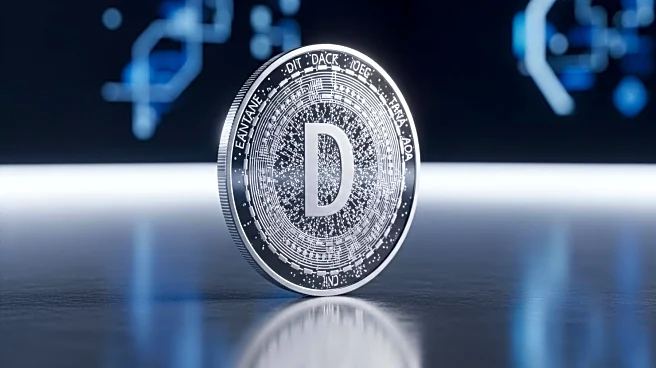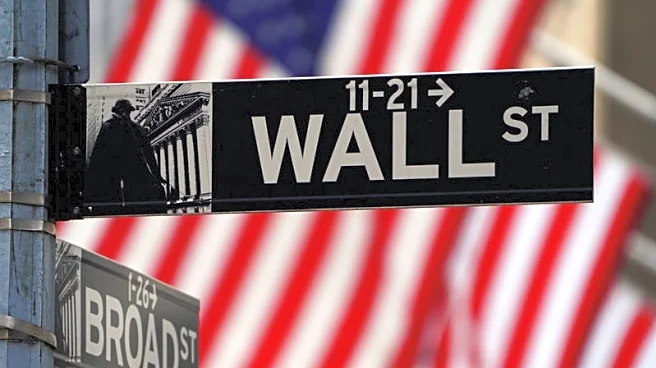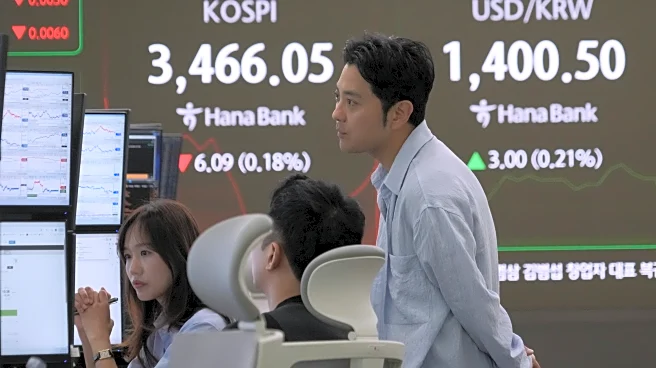What's Happening?
Tether Ltd., the issuer of USDT, is reportedly seeking to raise up to $20 billion in fresh capital, aiming for a valuation of $500 billion. This move positions Tether as one of the world's most valuable private companies. The investment talks involve major players like Japan's SoftBank and Cathie Wood's ARK Invest. Concurrently, a consortium of nine major European banks, including ING and UniCredit, announced plans to launch a euro-backed stablecoin by late 2026. This initiative is framed as a European alternative to the U.S.-dominated stablecoin market, seeking greater autonomy in digital payments. The European Central Bank remains skeptical of private stablecoins, favoring a Digital Euro instead, but the banks' move underscores growing institutional openness to crypto in Europe.
Why It's Important?
The developments in stablecoins highlight a significant shift in the digital currency landscape. Tether's ambitious capital raise and valuation target reflect the growing importance of stablecoins in global finance, particularly for cross-border payments and international settlements. The euro-backed stablecoin initiative by European banks challenges the dominance of U.S. dollar tokens, potentially increasing euro liquidity in the crypto market. This could lead to a more diversified stablecoin ecosystem, impacting monetary policy and financial sovereignty, especially in regions heavily reliant on dollar-denominated assets. The competition between dollar and euro stablecoins may influence regulatory approaches and the adoption of digital currencies by financial institutions.
What's Next?
Tether's entry into the U.S. market with a new dollar token could further intensify competition among stablecoin issuers. The euro stablecoin initiative, backed by major banks, is likely to face regulatory scrutiny, particularly from the European Central Bank, which favors a Digital Euro. The success of these initiatives could reshape the stablecoin market, influencing global financial systems and digital payment infrastructures. Stakeholders, including regulators and financial institutions, will closely monitor these developments, potentially leading to new policies and frameworks governing stablecoin issuance and usage.
Beyond the Headlines
The rise of stablecoins poses ethical and legal questions regarding monetary sovereignty and financial stability. As stablecoins gain traction, they could undermine traditional banking systems and central bank policies, especially in emerging markets. The competition between private stablecoins and central bank digital currencies (CBDCs) may lead to significant shifts in how digital currencies are perceived and utilized globally. Additionally, the involvement of major financial institutions in stablecoin initiatives highlights the growing acceptance of crypto assets in mainstream finance, potentially accelerating the integration of blockchain technology into traditional financial systems.

